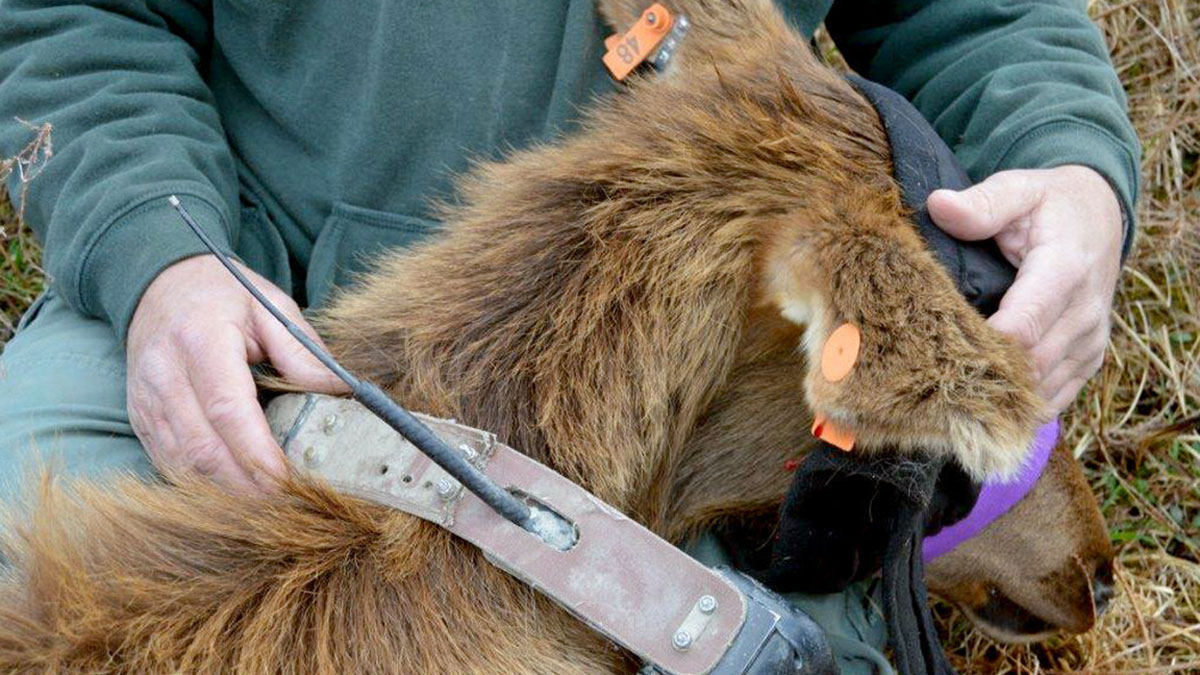Gathering scientific data about elk is not an easy task. Just ask biologists in West Virginia who are trying to learn all they can about their relatively new wild elk herd. That’s because getting their hands on elk is quite a process in itself.
Wildlife officials with the West Virginia Division of Natural Resources (DNR) set up bait in remote locations and then sit in a blind with a tranquilizer gun to wait and wait. If an elk comes in, it is darted, tested, has a DNA sample removed and then it receives a new radio, ear tags and a microchip.
“So far, we’ve collared or re-collared 10 individuals. Five of them were animals we’ve re-collared or replaced their radios. Two were adults that came in the second batch of elk we received from Kentucky. Three were calves that were born here,” Randy Kelley, DNR elk project leader, told the Charleston Gazette-Mail. “We’ve got 10 radios back out there. That’s $20,000 worth of radios that aren’t gathering dust in a closet somewhere. More important, though, we’re getting home-range and habitat-use data on 10 elk that we weren’t getting before.”
The Rocky Mountain Elk Foundation provided funding and volunteer manpower in helping return wild elk to their historic West Virginia range.
(Photo source: West Virginia Division of Natural Resources)
